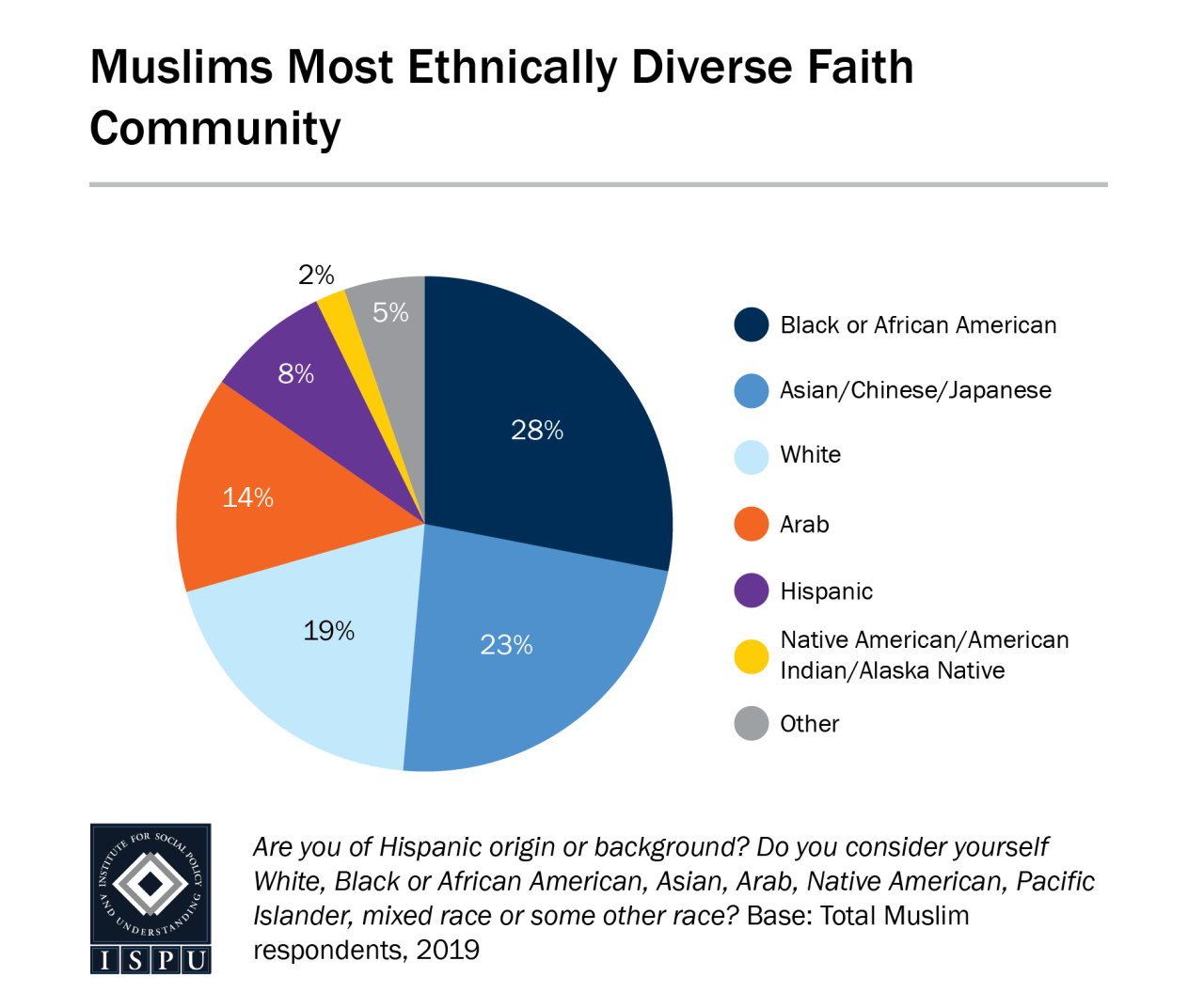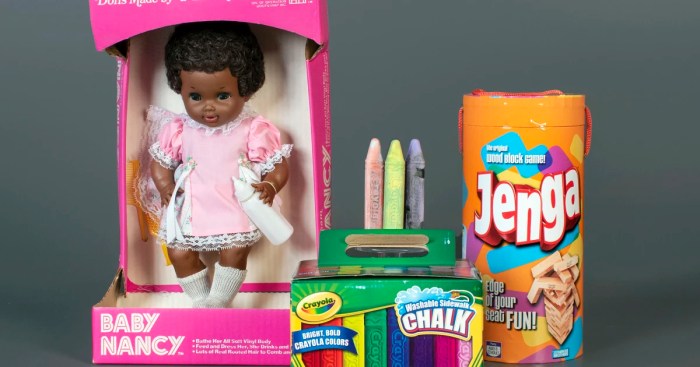Ethnically correct dolls: toying with the race industry – Ethnically correct dolls have emerged as a significant force in the toy industry, sparking discussions about racial representation, inclusivity, and cultural authenticity. This essay delves into the complexities surrounding these dolls, examining their impact on children’s development, marketing strategies, and consumer perceptions.
The emergence of ethnically correct dolls reflects a growing recognition of the importance of diverse representation in toys. These dolls aim to promote inclusivity and self-acceptance by providing children with toys that resemble their own identities.
Ethnically Correct Dolls in the Toy Industry

The toy industry has undergone a significant shift in recent years, with a growing emphasis on inclusivity and representation. Ethnically correct dolls have emerged as a response to the need for toys that reflect the diverse range of children around the world.
These dolls aim to promote self-acceptance, empathy, and an understanding of different cultures.
Historical Context
The concept of ethnically correct dolls originated in the 1970s, when the civil rights movement and the growing awareness of cultural diversity sparked a demand for toys that celebrated children of all backgrounds. The first ethnically correct dolls were often handmade and sold in small specialty stores, but they gradually gained popularity and eventually became widely available in mainstream toy stores.
Motivations and Intentions
The creation of ethnically correct dolls is driven by several motivations, including:
- To provide children with toys that they can relate to and identify with.
- To promote self-acceptance and positive self-image in children from diverse backgrounds.
- To educate children about different cultures and foster empathy and understanding.
- To challenge stereotypes and promote inclusivity in the toy industry.
Impact on the Toy Industry
Ethnically correct dolls have had a significant impact on the toy industry. They have:
- Increased the visibility of children from diverse backgrounds in the toy market.
- Promoted inclusivity and representation in the toy industry.
- Challenged traditional notions of beauty and challenged stereotypes.
- Contributed to a more diverse and equitable toy industry.
Racial Representation and Inclusivity
Racial representation in toys is essential for promoting inclusivity and self-acceptance. Children need to see themselves reflected in the toys they play with, as it helps them to develop a positive self-image and a sense of belonging. Ethnically correct dolls provide children with a tangible representation of their own culture and heritage, which can be particularly important for children from marginalized or underrepresented groups.
By promoting inclusivity, ethnically correct dolls help to create a more welcoming and diverse toy industry. They challenge traditional notions of beauty and representation, and they encourage children to embrace their own uniqueness and celebrate the diversity of others.
Examples of Toy Companies
Several toy companies have successfully implemented diverse doll lines, including:
- Mattel’s American Girl line features dolls that represent different ethnicities and historical periods.
- Barbie has expanded its line to include dolls with a variety of skin tones, hair textures, and body types.
- Tonner Doll Company’s Deja Vu line features dolls inspired by African American culture and history.
- Madame Alexander has created a line of dolls that represent different cultures and traditions from around the world.
Cultural Authenticity and Stereotypes: Ethnically Correct Dolls: Toying With The Race Industry

Cultural authenticity is crucial in ethnically correct dolls. It is important to avoid stereotypes and promote accurate cultural representation. Dolls should be designed with careful attention to details such as clothing, hairstyles, and accessories, ensuring that they reflect the specific cultural heritage they represent.
Avoiding stereotypes is equally important. Ethnically correct dolls should not perpetuate harmful or outdated stereotypes about different cultures. They should instead focus on celebrating diversity and promoting understanding.
Examples of Dolls
Dolls that effectively capture cultural nuances and traditions include:
- The Native American Barbie doll, which features authentic clothing and accessories inspired by Native American culture.
- The Day of the Dead Barbie doll, which celebrates the Mexican tradition of honoring the deceased.
- The Chinese New Year Barbie doll, which features a traditional red dress and accessories.
- The Diwali Barbie doll, which celebrates the Hindu festival of lights.
Impact on Children’s Development

Ethnically correct dolls have a positive impact on children’s development. They:
- Boost self-esteem and promote a positive self-image in children from diverse backgrounds.
- Foster empathy and understanding of different cultures.
- Help children develop a sense of identity and belonging.
Research Findings, Ethnically correct dolls: toying with the race industry
Research has shown that ethnically correct dolls can have a significant impact on children’s self-esteem. A study by the University of California, Los Angeles found that children who played with ethnically correct dolls had higher self-esteem and a more positive body image than those who played with traditional white dolls.
Another study by the University of Michigan found that children who played with ethnically correct dolls were more likely to show empathy and understanding towards children from different cultures.
Marketing and Consumer Perspectives
Ethnically correct dolls are often marketed as a way to promote diversity and inclusivity. Toy companies use a variety of marketing strategies to reach their target audience, including:
- Advertising in magazines and on television.
- Creating online campaigns and social media content.
- Partnering with influencers and celebrities.
- Hosting events and workshops.
Consumer perceptions of ethnically correct dolls are generally positive. Parents and caregivers appreciate the opportunity to provide their children with toys that reflect their own cultural heritage and promote inclusivity. However, there is still some resistance from some consumers who believe that ethnically correct dolls are unnecessary or divisive.
Market Growth and Challenges
The market for ethnically correct dolls is growing rapidly. As more parents and caregivers become aware of the benefits of these dolls, demand is expected to continue to increase. However, there are still some challenges that the industry faces, including:
- Ensuring that dolls are authentic and culturally sensitive.
- Overcoming resistance from some consumers.
- Addressing the price premium that is often associated with ethnically correct dolls.
Frequently Asked Questions
What are the benefits of ethnically correct dolls?
Ethnically correct dolls promote racial representation and inclusivity, fostering self-acceptance and empathy in children.
How do ethnically correct dolls impact children’s development?
These dolls positively influence children’s self-esteem, identity formation, and understanding of different cultures.
What are the challenges in creating culturally authentic ethnically correct dolls?
Manufacturers must avoid stereotypes and ensure accurate cultural representation, respecting the nuances and traditions of diverse cultures.